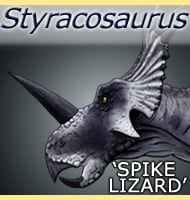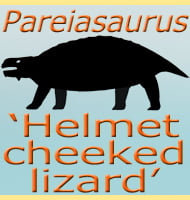In Depth
The discovery of Saccorhytus was also the discovery of one of the oldest animal lifeforms on the planet. Saccorhytus had a small round body that measured up to 1.3 millimetres across, with a mouth opening very large for the size of the body. At the time of its description there was no other observable opening in the body, not even an anus. This might mean that whatever Saccorhytus ate may have been digested completely within the body, or indigestible waste was ejected from the mouth. There are however small cones on the surface of the body. These may have allowed water trapped within the mouth to flow out when the mouth was closed. The body of Saccorhytus was covered in a flexible cuticle. Saccorhytus is thought to have lived amongst grains of sand at the bottom of bodies of water.
When Saccorhytus was first described it made a lot of headlines, often being dubbed as the earliest human ancestor. This is a bit of a stretch of the imagination however, the reality is this. Saccorhytus has been identified as a deuterostome and thus a member of the Deuterostomia. Vertebrates (animals with backbones, that also includes us), are first to be distantly descended from this group of animals. This means that if you go far enough back by many hundreds of millions of years, the human evolutionary line may well be traced somewhere within this group. But there is no definitive evidence that proves that the Saccorhytus genus is ‘the’ ancestor, as has been claimed in some popular science articles.
Further Reading
- Meiofaunal deuterostomes from the basal Cambrian of Shaanxi (China). - Nature. 542 (7640): 228–231. - Jian han, Simon Conway Morris, Qiang Ou, Degan Shu & hai Huang - 2017.









